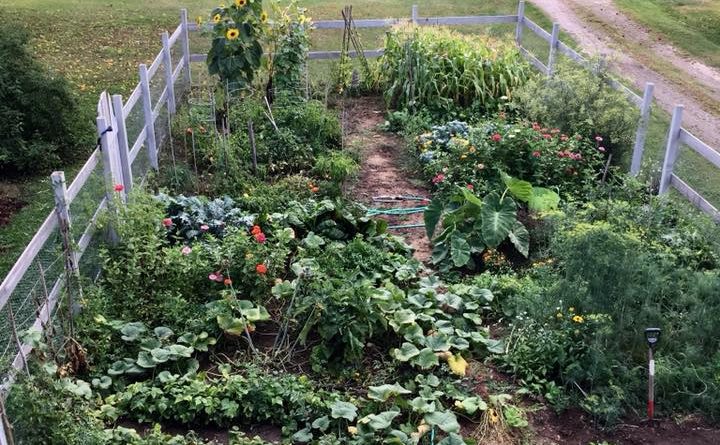
Randy Sullivan remembers gardening as a teenager with his grandmother, who always planted her radishes with her cucumbers.
“My grandmother and I had a nice organic garden at one point. We grew tomatoes, potatoes, carrots, green beans, cucumbers, radish and corn,” Sullivan said. She always planted the radishes with her cucumbers. Unfortunately I never found out the reason before she passed away.”
Turns out, the late Lorraine Sullivan was practicing the generations-old technique of “companion gardening,” in which certain plants — when grown together — improve each other’s health and yields.
Radishes, for example, help repel the cucumber beetle — one of the banes of any gardener.
“People have been [companion gardening] for as long as there has been gardening,” Kate Garland, horticulturist with the University of Maine Cooperative Extension, said. “I think we naturally do companion gardening and don’t even think about it. Any time you have diversity in your garden, you have companion planting.”
Companion gardening, Garland said, can be an organic alternative to pest management, weed suppression and adding nutrients to the soil.
“When it comes to pest management in companion garden crops, one species will almost always be the ‘sacrificial’ crop,” Garland said. “It will be more attractive to the pests than the plant or crop you want to succeed.”
That sacrificial plant will attract the pests away from the desired plant, she said.
“Then you can go out and manage or destroy those pests in whatever manner you choose,” Garland said.
Eggplant is example of one crop that will attract an array of pesky bugs that want to nibble on peppers, tomatoes or cucumbers.
The County is pleased to feature content from our sister company, Bangor Daily News. To read the rest of “Companion gardening matches crops with their plant BFFs,” an article by contributing Bangor Daily News staff writer Julia Bayly, please follow this link to the BDN online.




